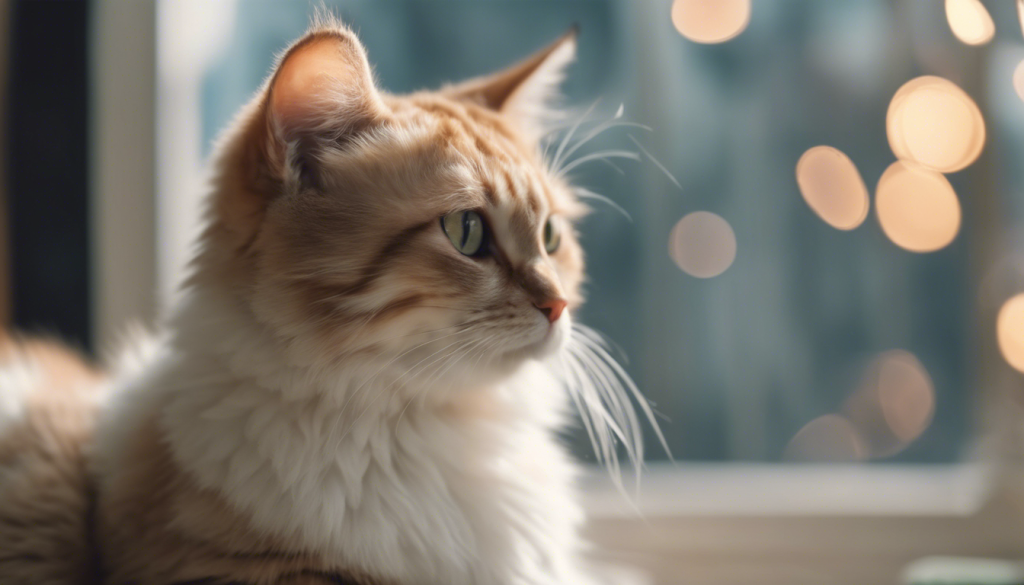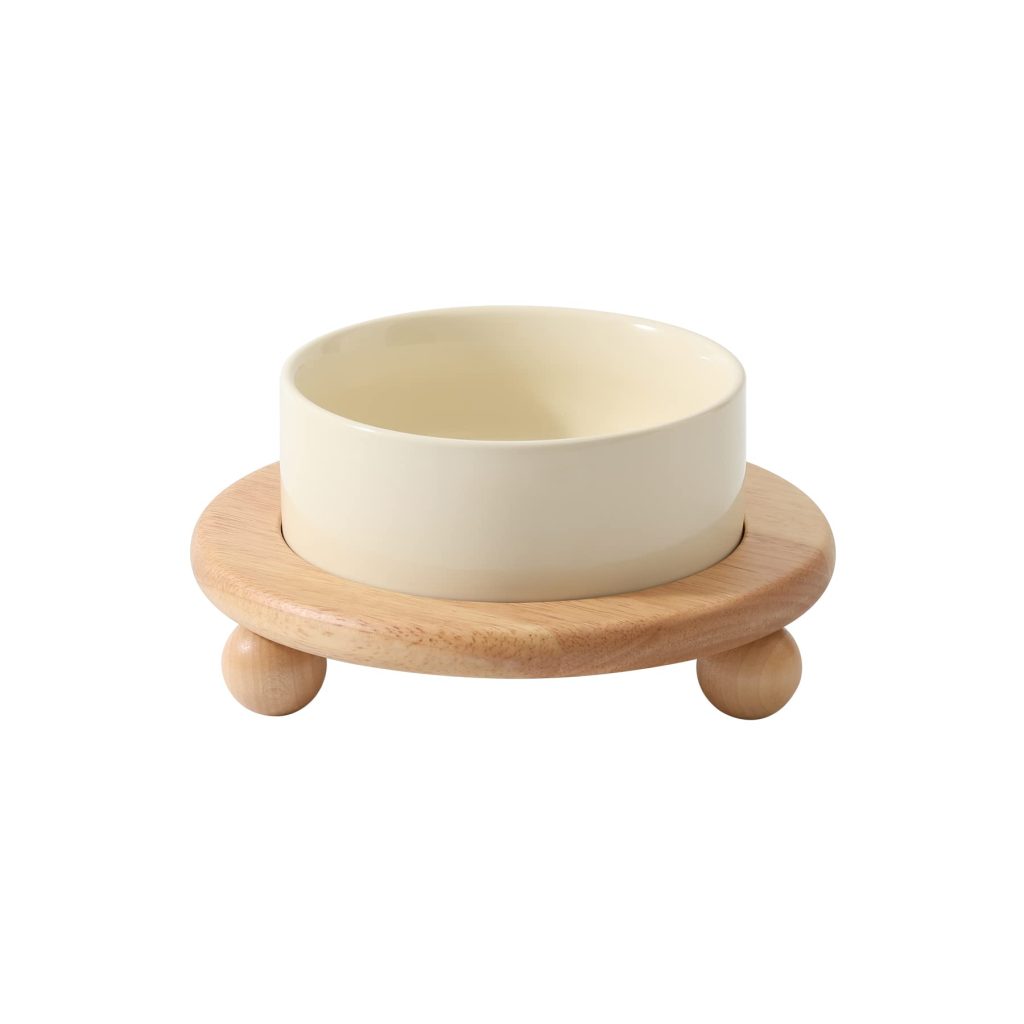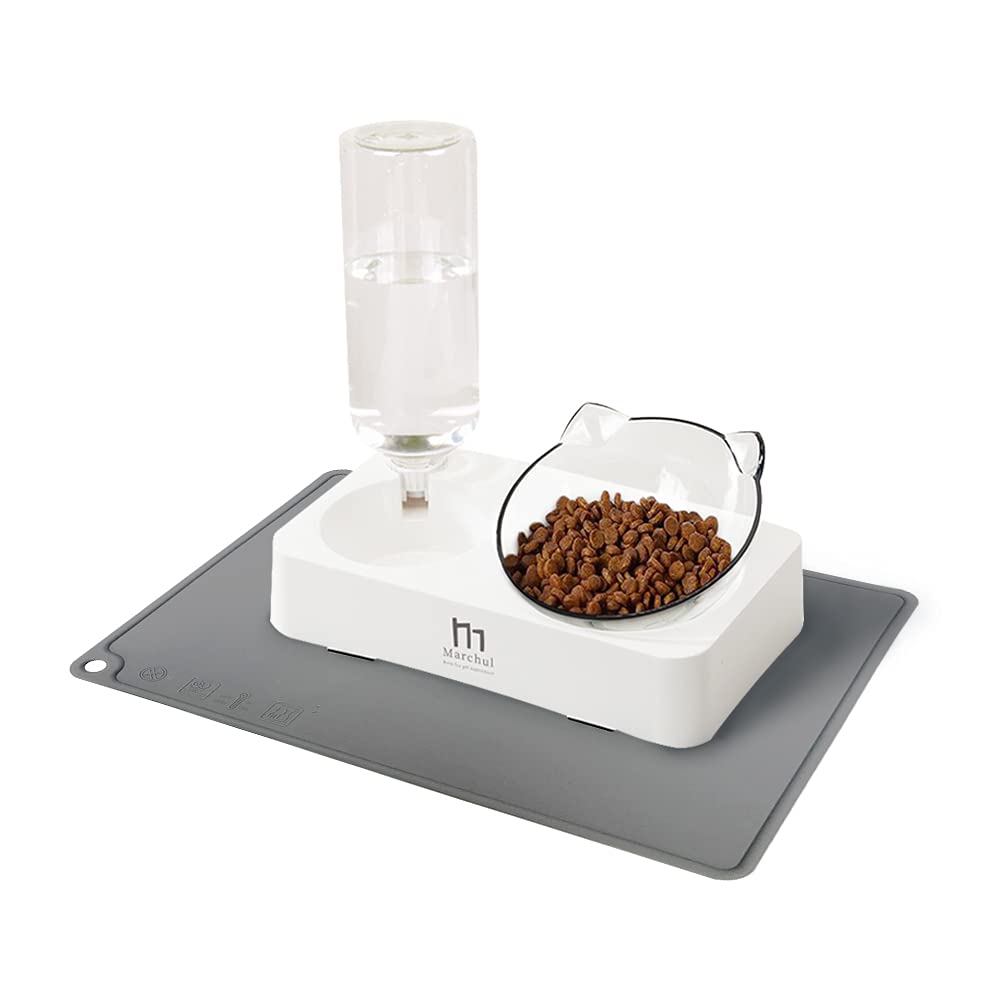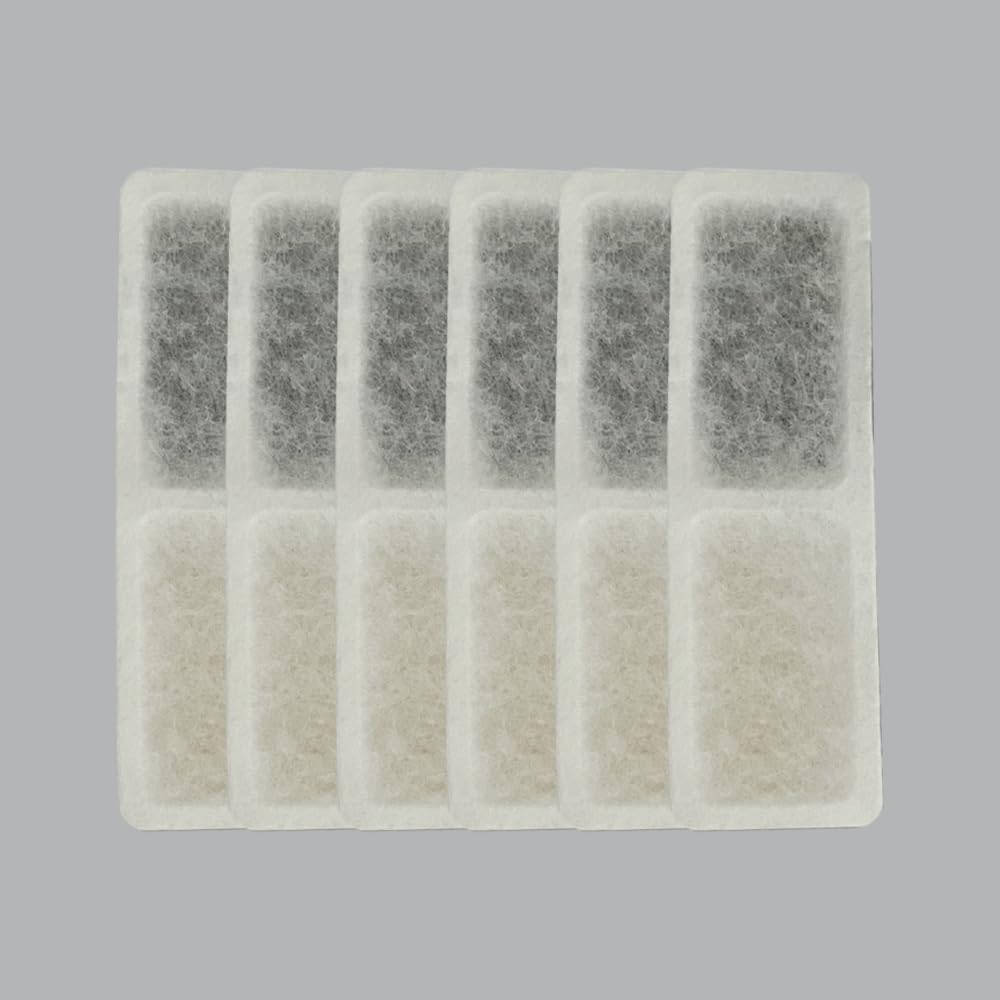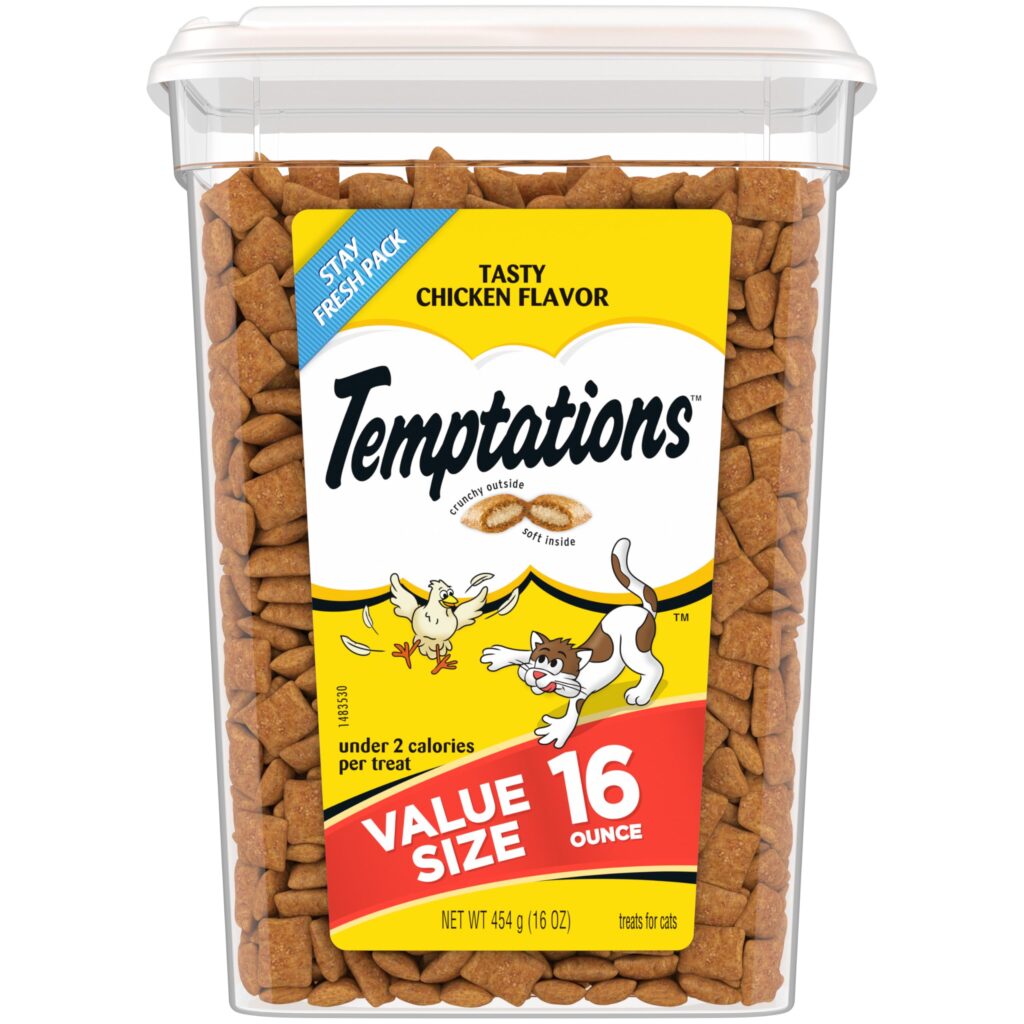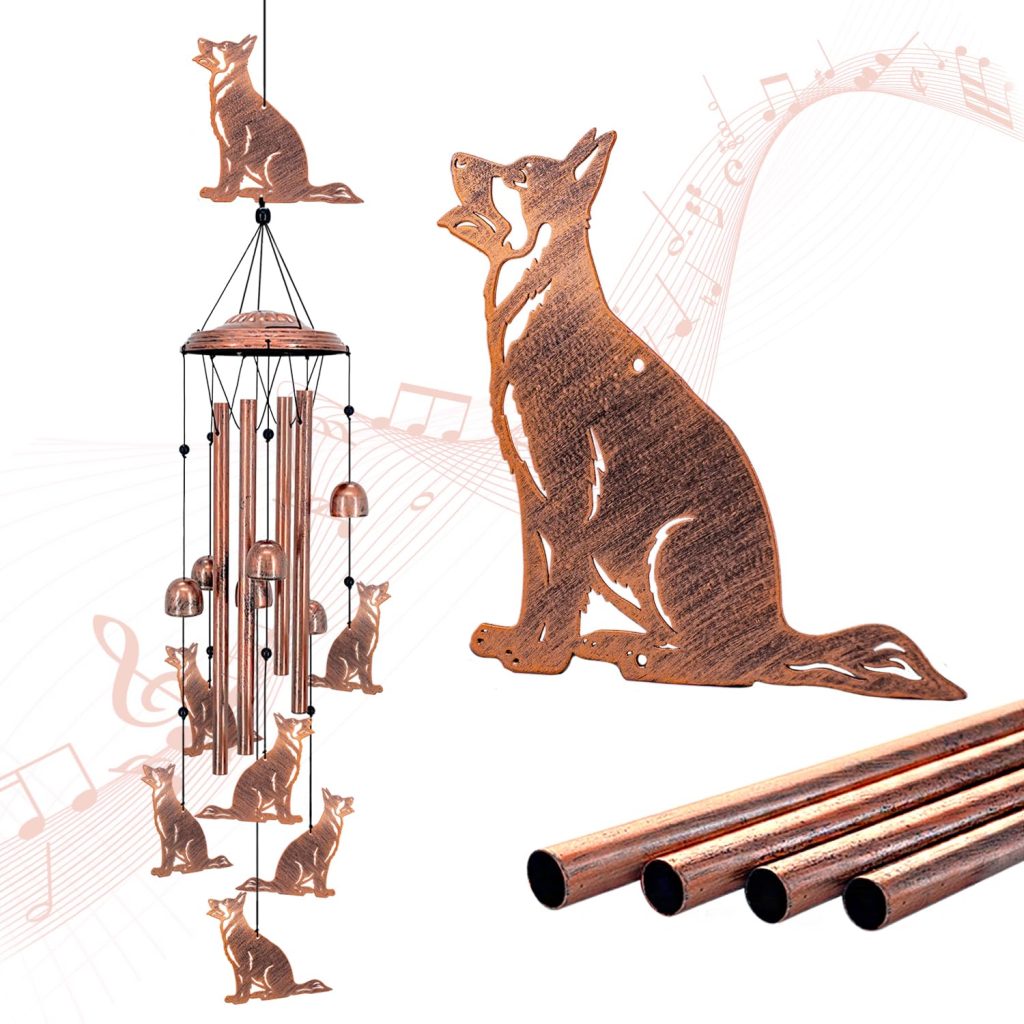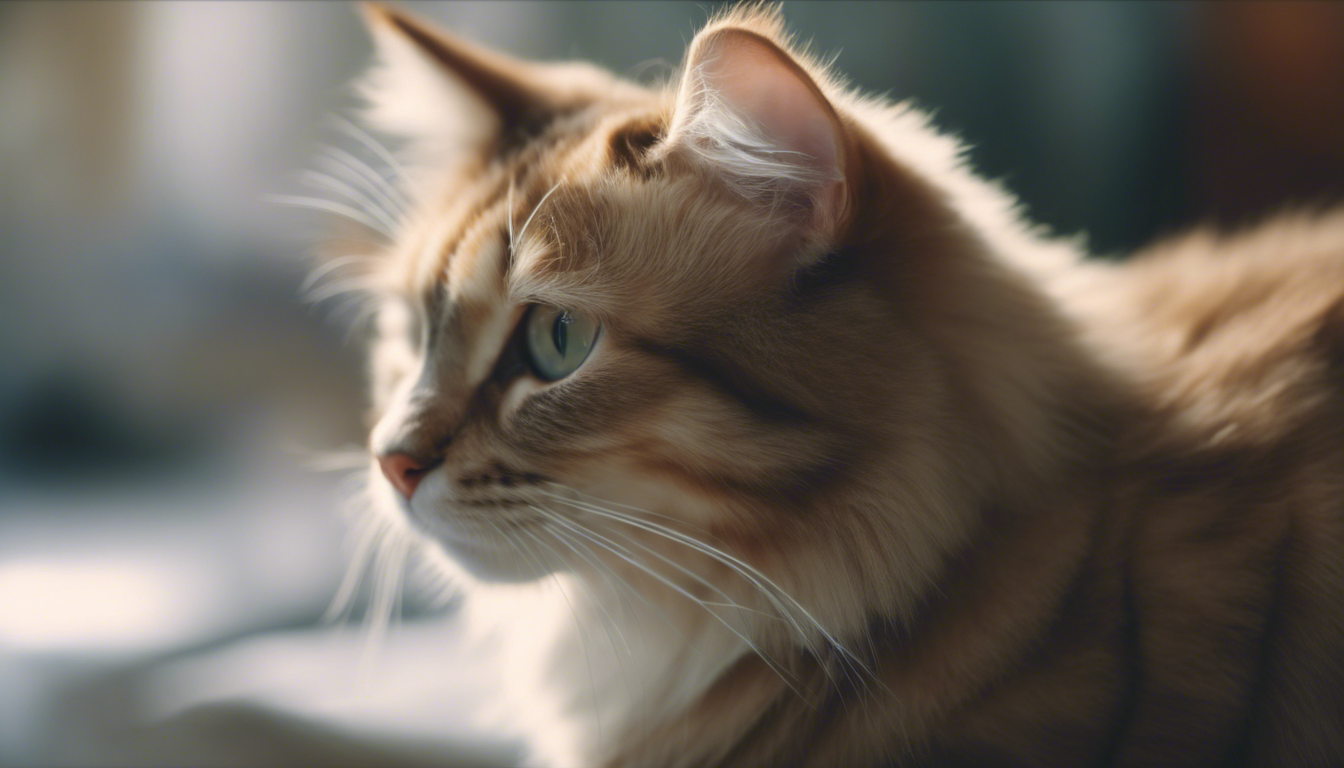
Origin and History of the American Curl
The American Curl stands out with its distinctive ears, which curl back gracefully from the face towards the center of the back of the skull. But these feline beauties are more than just their ears—they bring with them a charming story that began in sunny California. This breed’s journey started in the early 1980s when a stray black kitten with unusual curled ears was adopted by Joe and Grace Ruga in Lakewood, California. The couple named her Shulamith, and she became the matriarch of the American Curl breed. Geneticists noticed that the ear-curling character was due to a dominant gene when Shulamith bore a litter of kittens with the same distinctive ears.
The breed’s march from a singular natural mutation to a buzzworthy new breed in the feline world isn’t short of a fairy tale. Captivating cat lovers’ hearts, the American Curl graced the ring for the first time in 1983 and were officially recognized by some of the largest cat registries in the late 1980s. Known for being one of the youngest cat breeds, they’re also exceptional for their near 100% genetic health due to the diverse gene pool provided by their housecat ancestors.
While this breed’s unique feature is the ear curl, which can vary from a slight curve to an arc of a 90-degree angle, it is important to note that this trait does not manifest until the kittens are about 3-5 days old and continues developing till they are about 4 months old. This fascinating development is like watching a rose’s petals unfold, and waiting for the ultimate shape of an American Curl’s ears adds an element of suspense for both breeders and new owners alike. But ears aside, the American Curl’s history is a testament to the beautiful surprises the feline world holds and the novel qualities that can emerge from a single spontaneous genetic twist.
Physical Characteristics and Varieties
The American Curl cat is instantly recognizable by its unique ears, but let’s take a moment to appreciate the full splendor of this breed’s appearance. These feline charmers sport a silky coat that can be either short or long, depending on the variety. In fact, their coat is as diverse as their color palette, which spans the entire spectrum from deep blacks to pristine whites, and everything in-between. Whether they don patterns or solids, every American Curl wears its coat with pride and poise.
The large, walnut-shaped eyes of the American Curl seem to sparkle with curiosity and are often complimented by their strong, rectangular body structure. Even though they may not be the bulkiest of cats, they exhibit robust health and are known for their agility. Their elongated tail is yet another graceful feature, often held high, that balances their overall look with finesse.
Now, about those trademark ears. The degree of the curl can indeed vary greatly, which adds a personal touch to each Curl’s expression. Kittens are born with straight ears, which begin to curl within a week and reach their final shape around the age of four months. Breeders and enthusiasts have categorized the ear curls into three types: first degree or just the slight curve; second degree, a moderate curl; and third degree, the most extreme curl, without touching the back of the head. It’s important for potential Curl parents to note that the ears should not be handled excessively, especially when the cartilage is setting, to avoid damaging the unique curl.
When discussing varieties, it’s not just about the ear curl or coat length and color. The breed also enjoys a robust genetic heritage, which presents itself in their array of body sizes. Though all American Curls possess a similar build, they can range from the petite and dainty to the more substantial and sturdy felines.
Whether you fall for a shorthaired silver tabby or a floofy white longhair, remember that each American Curl is blessed with a low-maintenance coat. Shorthaired varieties need minimal grooming—just a simple comb through once a week should suffice to remove loose hair and maintain a shiny coat. Those with longer fur may require a bit more attention, perhaps a combing a couple of times a week, to prevent tangles and mats.
In terms of their eyes, a variety of colors is also seen, often correlating with their coat color. However, it isn’t unusual to see an American Curl with a pair of contrasting eye colors, adding to the mystique and individual character of these cats. No matter the color, their eyes are always expressive and seem to reflect their affection and lively personality.
For those considering adding an American Curl to their family, one of the joys is the anticipation of what combination of traits their kitten might inherit. You’re not just bringing home a pet; you’re welcoming a little work of art, complete with swirled ears and a personality as vibrant as its coat pattern. Whether you choose a shorthaired black American Curl with golden eyes or a longhaired tabby with hues of autumn in its fur, you’re in for a delightfully cuddly companion.
The beauty of the American Curl is more than skin deep—they are a testament to the incredible variety and adaptability within the domestic cat species. Owners cherish each Curl not only for their individualistic look but also for the joy and vivacity they bring to their human’s lives. Understanding and appreciating these aesthetics and physical characteristics is part of the unparalleled appeal of sharing your home with an American Curl.
Temperament and Behavior
The American Curl is renowned for its delightful disposition and engaging behavior. With a playful nature that endures well into adulthood, these kitties are often described as “eternally youthful” and will enthrall with their kitten-like antics throughout their lives. They exhibit a charming blend of playful energy and affectionate warmth, making them a well-rounded companion for many households.
An American Curl will often greet family members with a gentle nudge or a soft, trilling coo, demonstrating an endearing combination of sweetness and sociability. Their clever, inquisitive nature means they are always up for a game and adept at interactive play, often engaging in fetch or pouncing on toys with precision and enthusiasm. Owners can foster this active spirit by providing an assortment of engaging toys that challenge their natural hunting instincts and keep their agile minds occupied.
Despite their playful character, Curls are also known for their adaptable and easygoing temperament. They can be just as content to curl up in a loved one’s lap for a cozy snuggle, purring contentedly as they enjoy the company. This balance between independence and affection suits them well for families, singles, and the elderly alike. They have a reputation for getting along with well-behaved children, other cats, and even dog companions, given the proper introductions and socialization.
Socialization and environmental enrichment are key to maintaining the Curl’s good behavior and overall happiness. A climbing tree or a secured perch by a window can provide hours of entertainment as these cats enjoy observing the world from above. Moreover, Curls are known for their curiosity and will appreciate having access to safe hiding spots to explore and places to oversee their domain.
Given their social nature, it’s essential to give your Curl plenty of attention and not leave them alone for extended periods. They thrive on companionship and may become lonely or bored if neglected. Playing with your cat regularly not only keeps them physically fit but also helps foster a deep bond between you and your feline friend.
While generally a robust and hearty breed, the American Curl, like all cats, may be subject to certain health issues. Routine veterinary care, vaccinations, and preventive treatments are essential to keep them healthy. Being aware of changes in behavior or habits can help detect any potential health problems early, ensuring your Curl gets the right care swiftly.
Grooming an American Curl is a simple task thanks to their low-maintenance coat. Regular brushing will keep the fur free of mats and reduce hairballs, particularly for those with the longer coat variety. Their unique curled ears should be checked regularly and gently cleaned if needed—but with utmost care to maintain their distinctive shape and avoid any damage.
When it comes to their diet, like all cats, American Curls require a balanced diet this is rich in quality protein. Fresh water should always be available, and meals should be measured and consistent to prevent obesity, a common concern for indoor cats. Consult with your vet to determine the most appropriate diet tailored to your Curl’s age, size, and activity level.
A well-cared-for American Curl is a joyful and engaging pet that is likely to bring a lot of laughter and love to your home. Their affectionate nature, coupled with a playful demeanor, makes them suitable for many types of loving homes. As long as their basic needs are met with regards to health, diet, social interaction, and stimulation, these unique cats will enjoy a content and enriching life alongside their favorite humans.
Care and Health Considerations
Caring for an American Curl involves more than just admiration for its unique looks; it’s about nurturing its physical and emotional wellbeing. Their moderate exercise needs mean you don’t need to go to great lengths to keep them active. Setting aside time daily for some interactive play will not only keep your cat fit but will also strengthen the bond between you two. Look out for toys that mimic the hunt, like laser pointers or feather wands, which can entertain your Curl for hours.
Health-wise, American Curls are a testament to nature’s resilience, coming from a strong genetic background. Nonetheless, being vigilant about their health is vital. While they are not prone to specific genetic disorders, owners should be mindful of common feline issues such as dental disease or ear infections. Regular dental care, including brushing and professional cleanings, can help prevent periodontal diseases. Ears, especially those curved wonders, should be checked weekly for dirt and cleaned if necessary, using a soft cloth or a vet-approved ear cleaner. It’s important to handle their ears gently to avoid damaging the cartilage.
Grooming should be a pleasurable experience for your American Curl. For shorthaired varieties, a weekly brush is usually enough to keep their coat in excellent condition, whereas longhaired Curls may need brushing several times a week to stave off mats and keep their fur looking luxurious. Nails should be trimmed regularly, and it’s advisable to establish a grooming routine early on so your Curl becomes accustomed to these sessions.
Diet is another aspect of care where a little forethought goes a long way. Feeding a high-quality diet that’s appropriate for their life stage is imperative. Proper portions are essential as obesity can lead to serious health issues. It is best to discuss the diet with your veterinarian to ensure all nutritional needs are being met. Some Curls may have specific dietary preferences or sensitivities, so be attentive to how they react to certain foods and adjust their diet as needed.
Lastly, while the American Curl is generally low-key when it comes to maintenance, their emotional health is just as critical as their physical care. Curls are sociable creatures and do not do well with neglect. They relish companionship and need to be part of family activities. Make sure your Curl has a stimulating environment with plenty of opportunities to climb, hide, and explore. With a harmonious balance of love, care, and regular check-ups, your American Curl will be a happy and healthy member of your family for many years to come.
